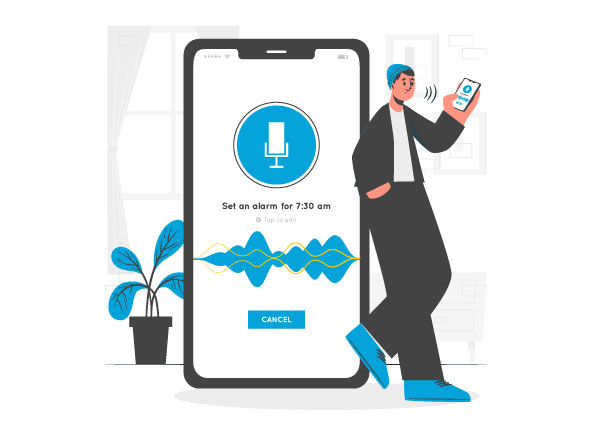Email marketing is an influential mechanism through which e-commerce businesses can engage their customers, amplify sales, and nurture brand loyalty.
1. Construct Your Email List

- Start by constructing a strong email list. Encourage people to sign up by offering incentives like discounts, exclusive content, or free samples.
- Make sure to get permission from subscribers before sending them marketing emails to comply with privacy laws.
Segment Your Audience
- Divide your email list into smaller groups based on customer behaviors and preferences. For example, you can create segments for loyal customers, one-time buyers, and recent purchasers.
- By doing so, you are able to convey more pertinent messages that align with the interests of each group.
Personalize Your Emails
Personalization is key in email marketing. Use customer data to personalize your emails with product recommendations and special greetings. Customized emails generally achieve greater open rates and conversion levels.
Write Catchy Subject Lines
The initial thing people notice is the subject line, so make it engaging! Adopt clear and to-the-point language that inspires recipients to read the email. Adding a sense of urgency or exclusivity can also motivate readers to click.
Use Great Visuals
Include high-quality images in your emails to make them visually appealing. Use clear product images that showcase what you’re selling. Keep text minimal and let the visuals do some of the talking
Automate Your Emails
Use automation tools to make your email marketing easier. Set up automated messages for welcome emails, reminders for abandoned carts, and follow-ups after purchases. Automation saves time and helps you communicate with customers at the right moments.
Test And Improve Your Emails
- Eriodically test various aspects of your emails, such as the subject lines, layouts, and timing of sending, to ascertain which approaches are most successful.
- Review performance metrics, focusing on open rates and click-through rates, and use these findings to advance future campaign strategies.
Provide Engaging Content
In addition to promotional emails, send content that adds value for your subscribers. This could be helpful tips, how-to guides, or news related to your products. Providing useful information builds trust and keeps customers interested in your brand.
Track Performance Metrics
Pay attention to essential metrics including unsubscribe rates, conversion rates, open rates, and click-through rates. Analyzing these numbers will help you understand what’s working well and what needs improvement in your email marketing strategy.
Conclusion
By following these best practices for email marketing in e-commerce, you can engage customers better, increase sales, and build loyalty. Focus on growing a quality email list, personalizing your messages, optimizing campaigns through testing, and providing valuable content to create effective email strategies that resonate with your audience.

